|
|
| |  DSH 866 DSH 866
( a! B0 K M6 C6 ]/ D' [/ f5 S4 _* d9 I
| Flammable materials
2 m; e* ], Z9 A | 4.153 V) \* O' u _; [! Z' |; c4 z: s9 J
| 60598-1(ed.3);am1 & 60598-1(ed.4);am1 & 60598-1(ed.5) & 60598-1(ed.6);am1 & 60598-1(ed.7)! i |8 ~6 x* Z8 b! a
|
, M2 p+ N% k& k
Question:4 f `9 J3 [& l' g1 M6 J1 B
Covers / shades and similar parts, which cannot withstand the 650°C glow wire test, shall be adequately spaced from any heated part that could raise the material to its ignition temperature. Generally the temperature of the lamp or the ballast / transformer will not rise the material to its ignition temperature, because the maximum temperature of the outside of a (compact) fluorescent lamp or small incandescent lamp is simply too low to do so. Besides there is a difference between the flash-ignition temperature of
( P0 B1 }, h5 z( [materials. Practical example is a lighting chain with plastic decorative cover, spaced about 15 mm from the lamp. The maximum temperature on the outside of the lamp (measured during the bridging test) was 180°C and the ignition temperature of the relevant material is much more than 180°C.( d, i% l; V# }! R
Decision:
; G% b$ c7 f7 V* Z) J, p+ U/ ?5 ~As the ignition temperature is not known over the life time, the ignition temperature of the relevant material shall not be considered., A& }0 f- C- }& ?' I
) k# o; q, j# w# y# O" F7 s# o- u" e
|
本帖子中包含更多资源
您需要 登录 才可以下载或查看,没有账号?注册安规
x
|



 窥视卡
窥视卡 雷达卡
雷达卡 发表于 2012-9-5 14:41
发表于 2012-9-5 14:41
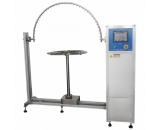

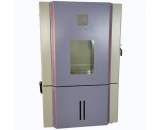

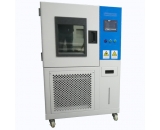

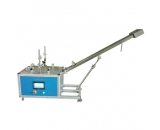

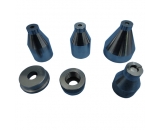






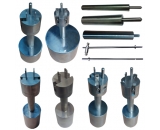
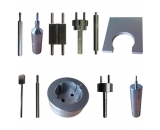
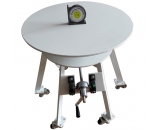
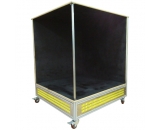

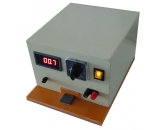
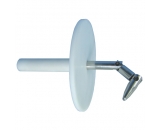
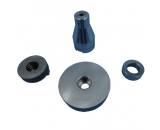
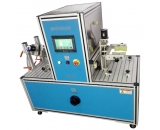
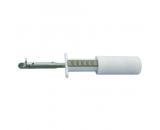
 提升卡
提升卡 置顶卡
置顶卡 沉默卡
沉默卡 喧嚣卡
喧嚣卡 变色卡
变色卡 抢沙发
抢沙发 千斤顶
千斤顶 显身卡
显身卡













